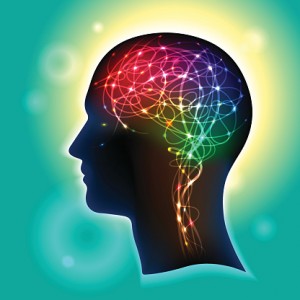
When pain persists and feels like it is ruining your life, it is difficult to see how it can be serving any useful purpose.
But even when pain is chronic and nasty, it hurts because the brain has somehow concluded, often completely subconsciously, that you are threatened and in danger — the trick is finding out why the brain has come to this conclusion.
“So, are you saying that the pain is all in my head?”
Yes — ALL pain is produced by the brain – no brain, no pain! This does not mean that it is not real – all pain is real.
Things you should know:
- The amount of pain you experience does not necessarily relate to the amount of tissue damage you have sustained.
- Many changes in tissues are just a normal part of being alive and don’t have to hurt.
- Many and varied cues may relate the pain experience, but it is the brain which decides whether something hurts or not, 100% of the time, with no exceptions.
- Your pain will never be the same pain as that experienced by your health professional or anyone else for that matter.
- Sensor Information: there are no pain sensors in the body. Only danger sensors scattered all over the body.
- Muscles get a lot of blame for pain… the truth about muscles: they have many sensors in them, can become unhealthy and weak, difficult to injure (microtears can happen), have a great blood supply so when injured are champion healers.
- Tissue damage causes inflammation, which directly activates danger sensors and makes neurones more sensitive.
- Tissue healing depends on the blood supply and demands of the tissue involved, but all tissues can heal.
- Enhanced sensitivity of the alarm system is main feature in persistent pain. Pain is normal, but the processes behind it are altered. The brain is being told that there is more danger at the tissues than there actually is.
- How you understand and cope with pain affects your pain as well as your life.
- No-one has a single answer for all pains. Pain, like people, is always different. The pain experience occurs at the convergence of biology, psychology and society. Movement and understanding can be combined with appropriate short-term drug therapy to manage your pain:
- Movement increases the health of the joints, soft tissues, circulatory, and respiratory systems. Educated movement is brain nourshing because it re-establishes motor and sensory representations of the brain (teach the orchestra to play all the tunes again).
- A key is to understand why your hurts wont harm you and that your nervous system now uses pain to protect at all costs, not to inform you about damage.
- By being patient and persistent, you can use smart activities to gradually increase your activities and involvement in life.
Written by the therapists at Denali Physical Therapy – Anchorage, AK
